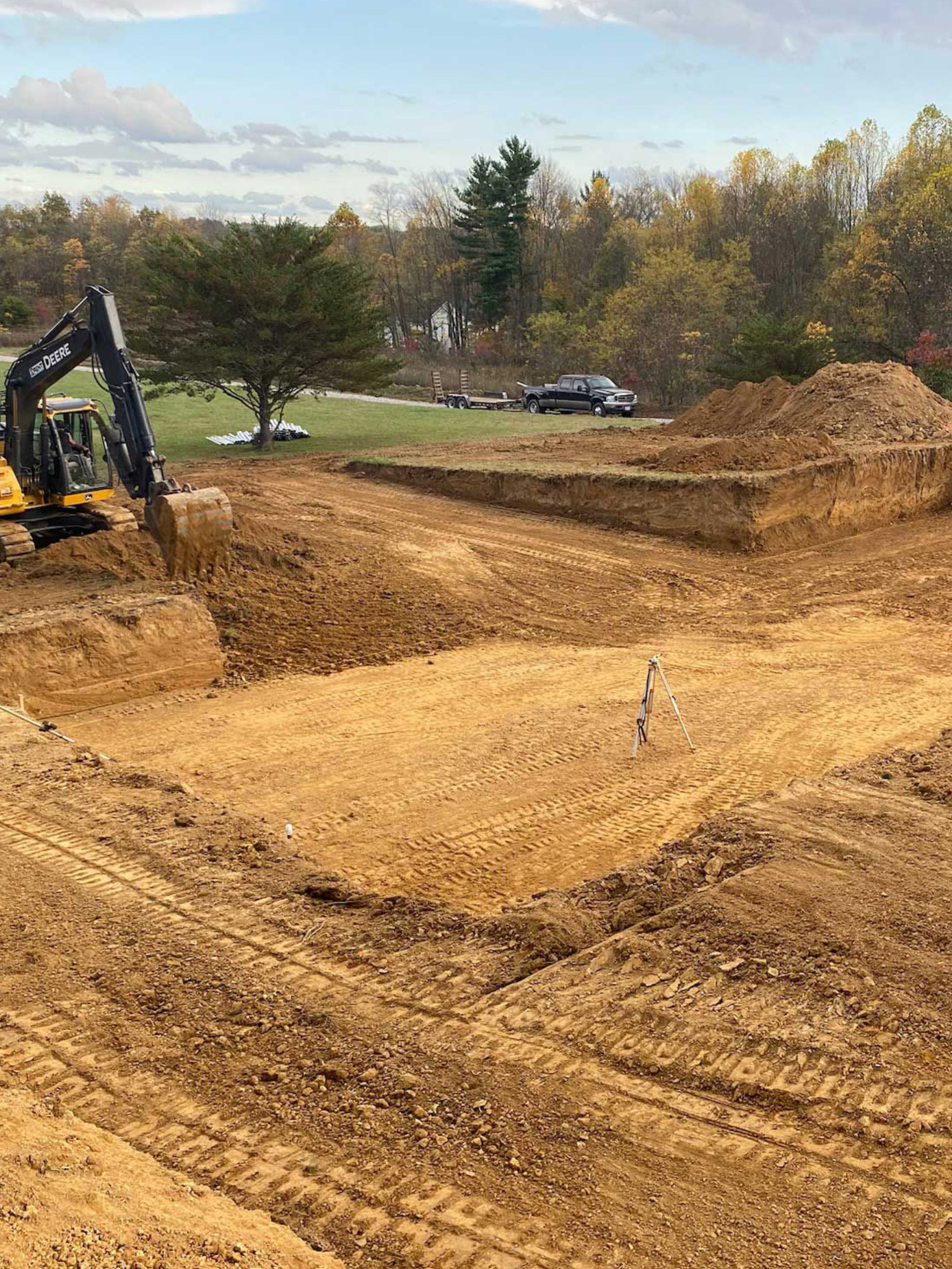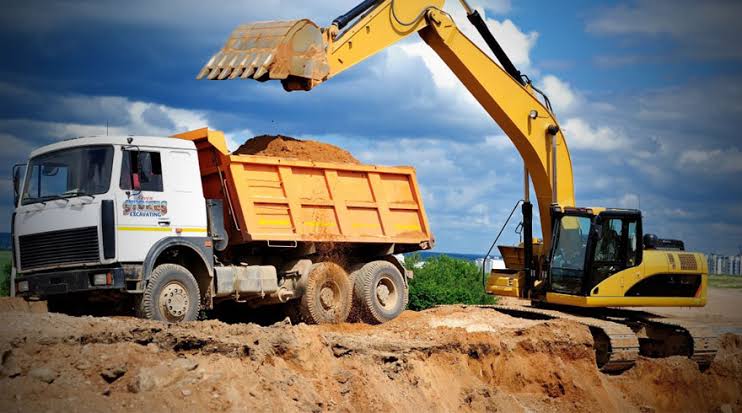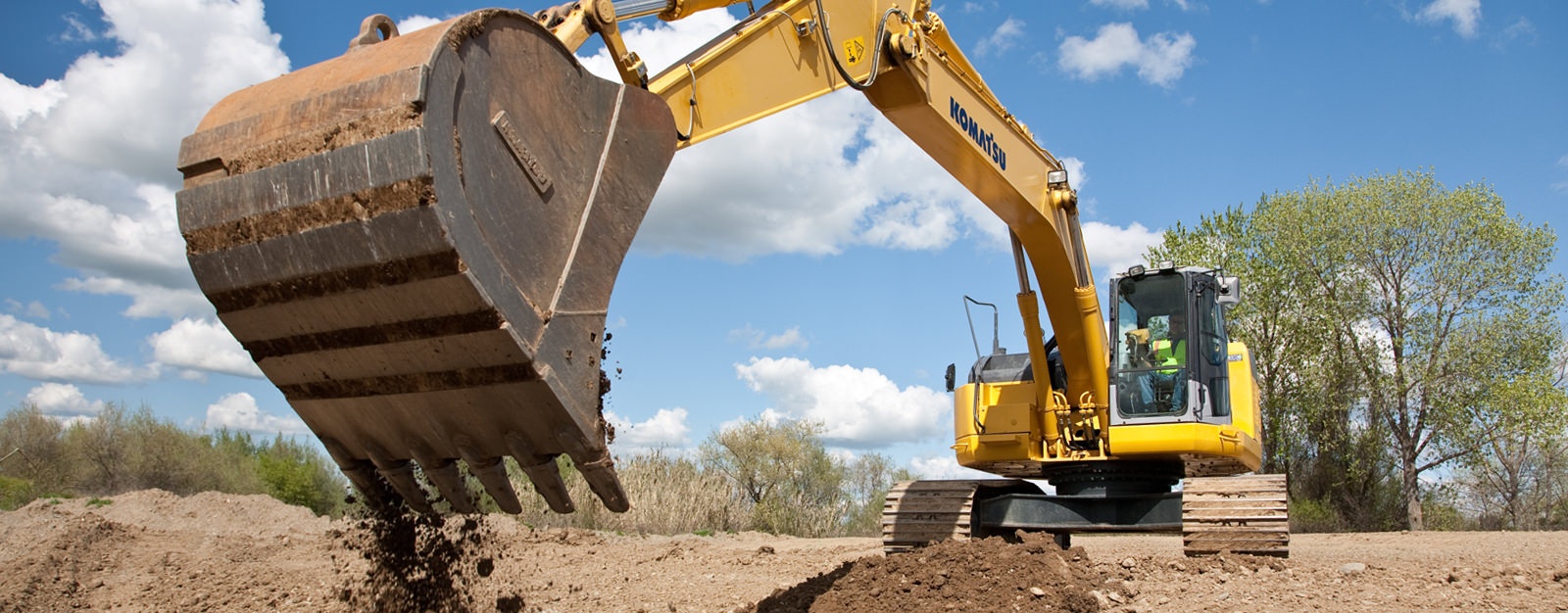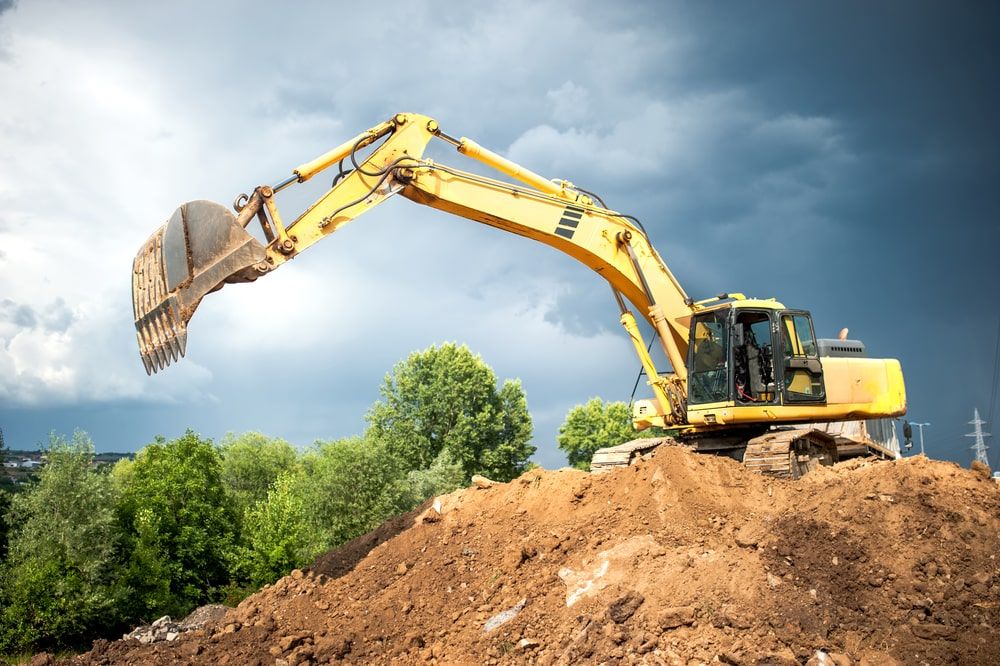Budget Friendly Lancaster Excavation - High Quality Excavation at Competitive Prices
Budget Friendly Lancaster Excavation - High Quality Excavation at Competitive Prices
Blog Article
Comprehensive Exploration: The Science Behind Superior Excavation Practices
The realm of excavation methods is a domain name where scientific research links with workmanship to unearth the secrets hidden under the earth's surface. From old hand devices to contemporary hydraulic excavators, the development of excavation methods has been a testament to human ingenuity and technological advancements. Nevertheless, what genuinely establishes remarkable excavation methods apart is a deep understanding of geological principles, coupled with the application of advanced devices and techniques. By checking out the scientific research behind these techniques, we can reveal the secrets that exist below our feet and appreciate the accuracy and know-how that go right into every dig.
Advancement of Excavation Methods
Throughout background, the evolution of excavation techniques has played an important function in advancing construction techniques and archaeological explorations. From the rudimentary devices used by our ancestors to the advanced equipment utilized in modern times, the progression of excavation techniques has dramatically changed just how we approach numerous tasks.
In old times, manual labor with fundamental devices such as wheelbarrows, shovels, and pickaxes was the main technique of excavation. This labor-intensive process restricted the depth and extent of excavations, commonly causing slow-moving development and limited accessibility to specific websites. As worlds advanced, so did the techniques and tools used for excavation.
The Industrial Revolution noted a turning factor in excavation experiment the introduction of steam-powered machinery. This advancement transformed the area, permitting faster and much more substantial excavations. In modern times, innovation plays a crucial role in excavation, with innovations like general practitioner systems, drones, and 3D scanning improving accuracy and efficiency in the field. The evolution of excavation methods proceeds to shape the means we build, check out, and understand the globe around us.
Duty of Modern Technology in Excavation

The combination of advanced innovation has actually basically reinvented the area of excavation, boosting precision and effectiveness to extraordinary degrees. One of the key technical innovations that has substantially impacted excavation techniques is the usage of general practitioner systems. These systems enable precise mapping of excavation websites, making it possible for operators to precisely locate underground utilities and frameworks. Furthermore, using telematics in excavation devices has allowed real-time tracking of machine performance, resulting in positive upkeep and raised functional performance.
Moreover, the arrival of 3D modeling and simulation software application has streamlined the preparation process for excavation jobs. Drivers and engineers can currently picture the whole excavation process prior to beginning, identifying possible challenges and optimizing workflow. In conjunction with this, the application of drones in excavation tasks has promoted aerial surveys, volumetric measurements, and site examinations with unequaled speed and precision.
Geological Concepts in Excavation
An understanding of geological principles is necessary for making sure the architectural integrity and security of excavation websites. Geological variables play a crucial role in determining the expediency and safety and More Bonuses security of excavation jobs (excavating ohio). One key geological principle to think about is the kind of soil or rock existing at the website. Different soil types, such as gravel, sand, or clay, have differing levels of stability and need different excavation techniques. As an example, natural dirts like clay may need additional assistance to stop collapses, while sandy dirts might be vulnerable to erosion throughout excavation.
Moreover, the geological structure of the location, including mistakes, cracks, and rock developments, must be carefully analyzed to identify potential risks and obstacles. Excavating near mistake lines or unsteady rock formations can cause instability and possible threats. By carrying out comprehensive geological surveys and analysis, excavators and designers can create approaches to mitigate threats and guarantee the effective completion of excavation projects. Inevitably, including geological principles right into excavation methods is crucial for accomplishing secure, efficient, and lasting outcomes.

Most Current Tools for Excavation
In the world of excavation practices, modern developments in tools have reinvented the effectiveness and precision of excavation procedures. One of the most recent tools making waves in the sector is making use of drones geared up with innovative imaging technology. These drones can supply thorough aerial surveys of excavation sites, supplying real-time information on topography and possible risks. This info aids in better preparation and decision-making throughout the excavation procedure.
One more cutting-edge tool getting popularity is the implementation of 3D printing technology for creating custom excavation devices. This enables the production of specialized tools that are customized to the details needs of a project, boosting efficiency and decreasing downtime.
Furthermore, advancements in products science have actually resulted in the growth of stronger and more sturdy excavation tools. lancaster excavation. Tungsten carbide-tipped excavator attachments, for example, deal remarkable efficiency in go to my blog tough ground problems, improving efficiency on-site
Scientific research's Effect on Excavation Practices

Furthermore, scientific study on soil technicians and geotechnical design has supplied important understandings into soil habits, permitting excavation experts to make informed choices pertaining to excavation techniques and soil stablizing techniques. In general, scientific research continues to drive advancement and improvement in excavation techniques, making excavation tasks extra effective, cost-effective, and lasting.

Verdict
Finally, the advancement of excavation techniques has been considerably influenced by advancements in technology and a deeper understanding of geological concepts. The current devices and devices used in excavation have enhanced efficiency and accuracy in the area. The application of scientific understanding has dramatically improved excavation practices, resulting in a lot basics more reliable and sustainable techniques for digging deep into different sorts of products.
In the realm of excavation techniques, modern advancements in devices have actually reinvented the efficiency and accuracy of excavation procedures. By leveraging scientific principles, the excavation sector has actually been able to substantially boost efficiency, precision, and safety in excavation procedures. GPR enables excavation teams to non-invasively check and map subsurface structures, energies, and prospective risks, allowing them to prepare excavation jobs with better precision and decreased threat of crashes.
Additionally, scientific research on soil technicians and geotechnical engineering has actually offered useful understandings into soil actions, permitting excavation specialists to make enlightened choices relating to excavation methods and dirt stabilization methods. Overall, science proceeds to drive innovation and renovation in excavation techniques, making excavation projects extra reliable, cost-effective, and lasting.
Report this page